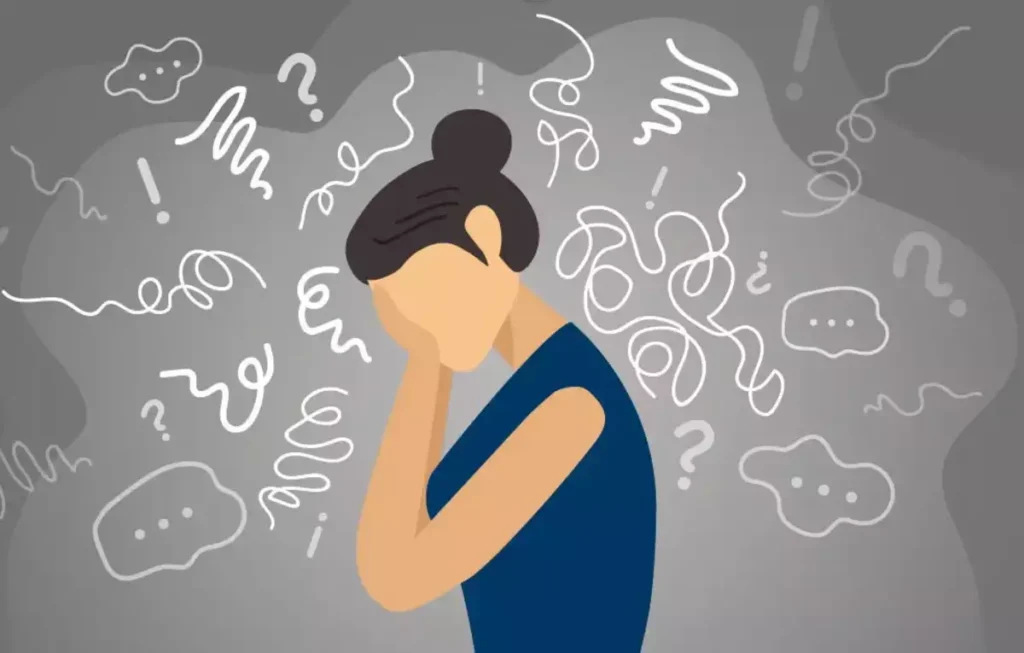Bipolar Disorder
- Home
- Bipolar Disorder
Bipolar Disorder (Manic Depression)
Bipolar disorder, also known as manic depression, is a mental health condition characterized by mood swings that include extreme highs (mania) and lows (depression). While depression is the most pervasive aspect of the disorder, the manic phase can involve heightened energy, irritability, and behaviors like overspending or risky actions. The condition typically starts in young adulthood, though it can also appear in children and adolescents. Misdiagnosis is common due to overlapping symptoms with other disorders.
Types of Bipolar Disorder:
Bipolar I: Involves at least one manic episode, which may require hospitalization.
Bipolar II: Includes a major depressive episode along with hypomania (a milder form of mania) but doesn’t typically require hospitalization.
Signs of Bipolar Disorder:
Mania Symptoms: Increased energy, racing thoughts, irritability, impulsive behavior (e.g., overspending, risky sexual behavior).
Depressive Symptoms: Sadness, hopelessness, fatigue, loss of interest in usual activities, and suicidal thoughts.
Mixed Episodes: Features of both mania and depression occurring simultaneously.
Prevalence and Age of Onset:
About 2.8% of U.S. adults have bipolar disorder.
The condition typically develops in late teens to early twenties, though it can begin as early as six years old in some cases.
Misdiagnosis:
Bipolar disorder is often misdiagnosed, especially as depression, schizophrenia, or ADHD. It’s crucial to monitor symptoms carefully, especially after starting antidepressant medications, which can trigger mania in some individuals.
For more details on recognizing bipolar disorder, treatment options, and support strategies, see
Bipolar Disorder Treatment and Living with It.
Causes of Bipolar Disorder
Bipolar disorder is influenced by a combination of genetic and environmental factors, making its causes vary from person to person. While the disorder can run in families, no specific genes have been conclusively identified. However, advanced paternal age at conception may increase the likelihood of genetic mutations linked to vulnerability. Some studies suggest that brain structure and function differences may play a role, though results have been inconsistent.
Genetic Factors:
Family History: The most significant and consistent risk factor for bipolar disorder is family history. Those with a relative diagnosed with bipolar disorder (I or II) are 10 times more likely to develop it themselves.
Genes: Genetic inheritance seems to influence mood regulation in the brain, although no single gene has been pinpointed.
Environmental Factors:
Trauma and Stress: Life events, particularly childhood trauma or interpersonal difficulties, can trigger the onset or recurrence of bipolar disorder in vulnerable individuals. Stress, family trauma, or substance use can be common triggers.
Traumatic Brain Injury (TBI): People with TBIs (such as those from accidents or sports injuries) are more likely to develop mental health conditions. A study found those with TBIs are 28% more likely to develop bipolar disorder.
Stress and Trauma:
While bipolar disorder has biological roots, environmental stressors and traumatic events can exacerbate or precipitate its onset. Recognizing these triggers is vital for both diagnosis and treatment.
Key Takeaways:
Genetic factors, especially family history, play a significant role in vulnerability.
Trauma and stressful life events can act as triggers.
Traumatic brain injury significantly increases the likelihood of developing bipolar disorder.

Treatment for Bipolar Disorder
Treatment for bipolar disorder is a long-term process involving a combination of medication, therapy, and lifestyle changes. Mood stabilizers like lithium are commonly prescribed to prevent mood swings, with newer drugs such as lamotrigine offering fewer side effects. While antidepressants can be helpful for managing depression, they may trigger mania if used alone. Omega-3 fatty acids have also been shown to reduce the need for medications by supporting brain cell function. Psychotherapy plays an important role in managing work and relationship challenges and in teaching self-management skills to prevent mood episodes. Overall, a comprehensive treatment plan that includes medications, nutritional approaches, and psychotherapy is essential for effectively managing the condition.

Living with Bipolar Disorder
Living with bipolar disorder can significantly impact a person’s goals, relationships, and overall quality of life. However, with proper medical care, individuals can develop coping skills and strategies to maintain stability. While the disorder can be a source of hardship, some individuals find meaning in it, even associating it with increased creativity. Although depression can be difficult to treat, mood swings and recurrences can often be delayed or prevented with mood stabilizers, sometimes in combination with other medications. Psychotherapy plays a crucial role in addressing work and relationship challenges that often accompany the disorder. Treatment is highly individualized, as the experience of bipolar disorder varies between those who have just experienced their first manic episode and those who have lived with the condition for many years
FAQ About Bipolar Syndrome
Find Answers to Common Questions About Our Therapy Services, Therapists, and More
What are the common symptoms of bipolar disorder?
Bipolar disorder is characterized by extreme mood swings, including manic episodes (elevated mood, increased energy, and impulsivity) and depressive episodes (low mood, fatigue, and feelings of hopelessness). These mood swings can impact daily functioning and relationships.
How is bipolar disorder diagnosed?
Diagnosis is based on a thorough clinical evaluation, including a detailed history of symptoms, family history, and sometimes psychological tests. A psychiatrist will assess the frequency, duration, and severity of mood episodes, and rule out other conditions.
Can bipolar disorder be cured?
Bipolar disorder is a chronic condition that cannot be fully cured, but with appropriate treatment, it can be managed effectively. Treatment often involves a combination of medication, therapy, and lifestyle adjustments to stabilize mood and improve quality of life.
Is bipolar disorder genetic?
Yes, family history plays a significant role in the risk of developing bipolar disorder. The risk is higher for individuals who have a close relative with the condition. However, genetics alone do not determine if someone will develop bipolar disorder—environmental factors also contribute.
What treatments are available for bipolar disorder?
Treatment typically includes mood stabilizers like lithium, antipsychotic medications, and sometimes antidepressants. Psychotherapy, particularly Cognitive Behavioral Therapy (CBT) and Family-Focused Therapy, can also help patients manage symptoms and improve their social and occupational functioning.






